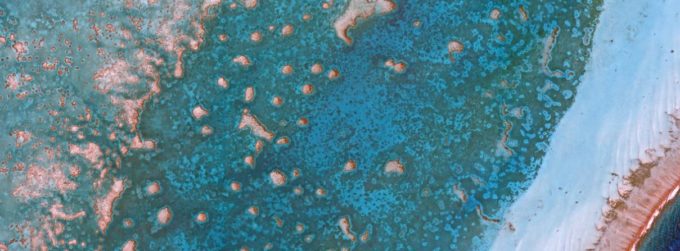A global coral reef monitoring system is coming soon
by Rhett A. Butler — Mongabay
- Coral reef conservation efforts will soon get a major boost with a global monitoring system that will detect physical changes in coral cover at high resolution on a daily basis.
- The satellite-based system will enable researchers, policy makers, and environmentalists to track severe bleaching events, reef dynamiting, and coastal development in near-real time.
- The system will leverage Planet’s daily high resolution satellite imagery, running the data through cloud computing-based algorithms to map reefs and chart changes over time.
Coral reef conservation efforts will soon get a major boost with a global monitoring system that will detect physical changes in coral cover at high resolution on a daily basis, enabling researchers, policy makers, and environmentalists to track severe bleaching events, reef dynamiting, and coastal development in near-real time. The satellite-based system — which is the product of a partnership between Paul G. Allen Philanthropies, Planet, Carnegie Institution of Science, University of Queensland, and the Hawaii Institute of Marine Biology — will launch at five pilot sites this fall, before rolling out globally in 2020.
“This system could be a game-changer for coral reef conservation,” Carnegie scientist Greg Asner, told Mongabay. “It will be the first large-scale monitoring system that can detect where reefs are changing thereby enabling direct action to mitigate losses.”
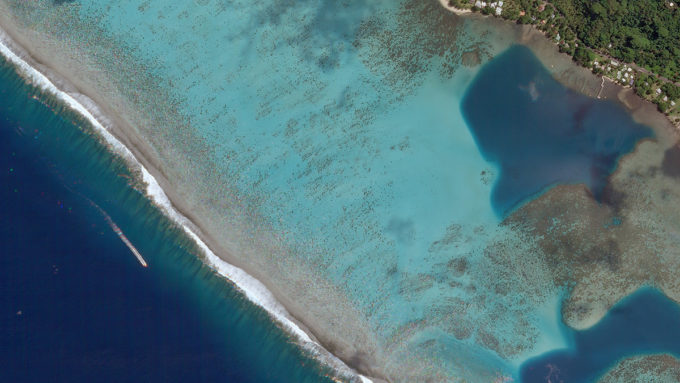
The world’s coral reefs have been hard hit by a combination of rising sea temperatures, which trigger bleaching; coastal development that damages reefs directly and indirectly; unsustainable fishing practices, including overexploitation of key species and fish bombing; and run-off and sedimentation from agriculture, aquaculture, deforestation, and other forms of land use. Ocean acidification is another looming danger, threatening to undermine the very structural basis of reefs.
Given the importance of coral reef ecosystems in supporting local livelihoods through fishing and tourism, mitigating coastal erosion, and housing up to a quarter of ocean biodiversity, there are deep concerns about these trends. But current systems for monitoring coral health are spotty, usually based on scuba or aircraft surveys — which are limited in extent — or blunt proxy data like sea surface temperatures, which don’t account for differences in resilience among coral communities.
The new system will change that by combining technology with field survey data. The system will leverage Planet’s daily high resolution satellite imagery, running the data through cloud computing-based artificial intelligence (AI) that corrects for “distortions from the atmosphere, sun glint, materials in the water column and surface waves” and then applies algorithms from ocean researchers at the University of Queensland’s Remote Sensing Research Center to classify the reefs. Carnegie will then apply a change detection algorithm to the data, giving the system its the monitoring capability. Asner said the system will retain pixel history, eventually enabling researchers to potentially monitor changes over time, including coral recovery after bleaching events.
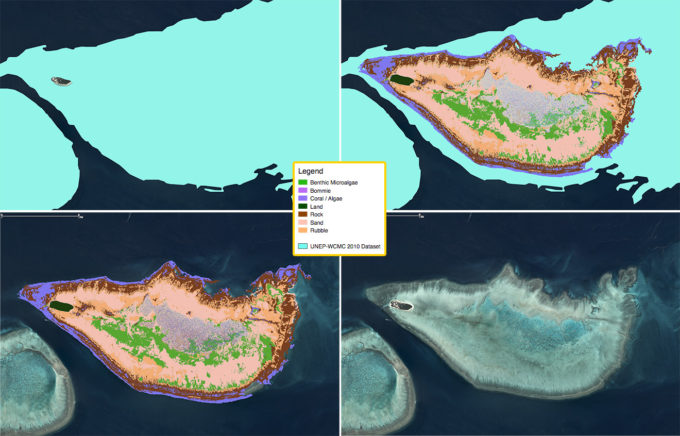
In the first year, the project will produce an initial mosaic of coral reef sites globally and do validation at five sites: Heron Island on Australia’s Great Barrier Reef, Moorea in French Polynesia, Belize’s Lighthouse Reef, Hawaii’s Kaneohe Bay, and Karimunjawa, off the Indonesian island of Java. The initiative chose these sites because they “represent a variety of reef types and status from across the globe and where field verification data are readily available,” according to a statement from Paul Allen Philanthropies. The project will also develop a community engagement plan to work with researchers, conservationists, policymakers, and others to implement and share findings from the initiative.
After that first phase, the initiative will scale the mapping from specific sites to entire regions and deploy the AI-based alert system. By the end of 2020, the project aims to scale the mapping from regions to the entire world, potentially enabling the first high resolution global reef monitoring system, rivaling what Global Forest Watch is doing for the planet’s forests and Global Fishing Watch endeavors to do for fishing on the high seas.
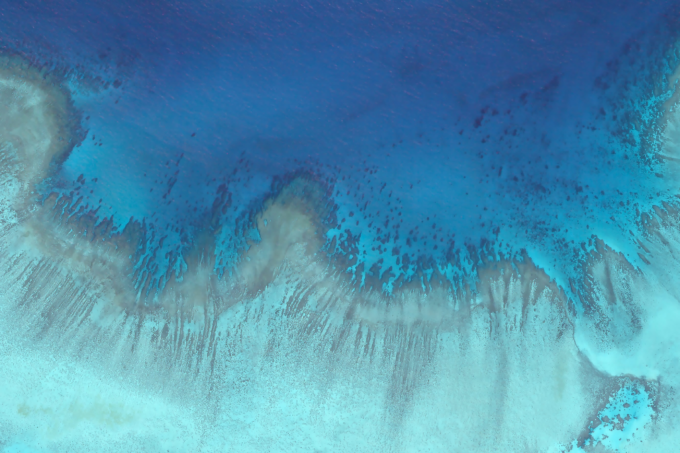
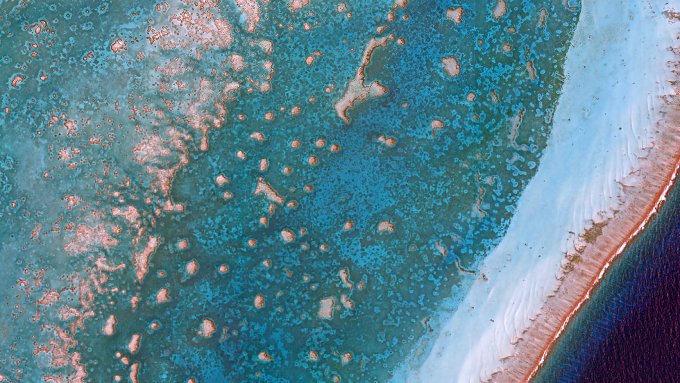
Andrew Zolli, vice president for global impact initiatives at Planet, said the initiative could usher in a new era for coral reef managers and conservationists.
“Seeing change is the first step in taking responsibility for it,” Zolli stated in a press release. “By putting the most complete, up-to-date picture of the world’s corals in the hands of scientists, conservationists, and communities, we hope to accelerate action on the coral crisis before it’s too late.”

